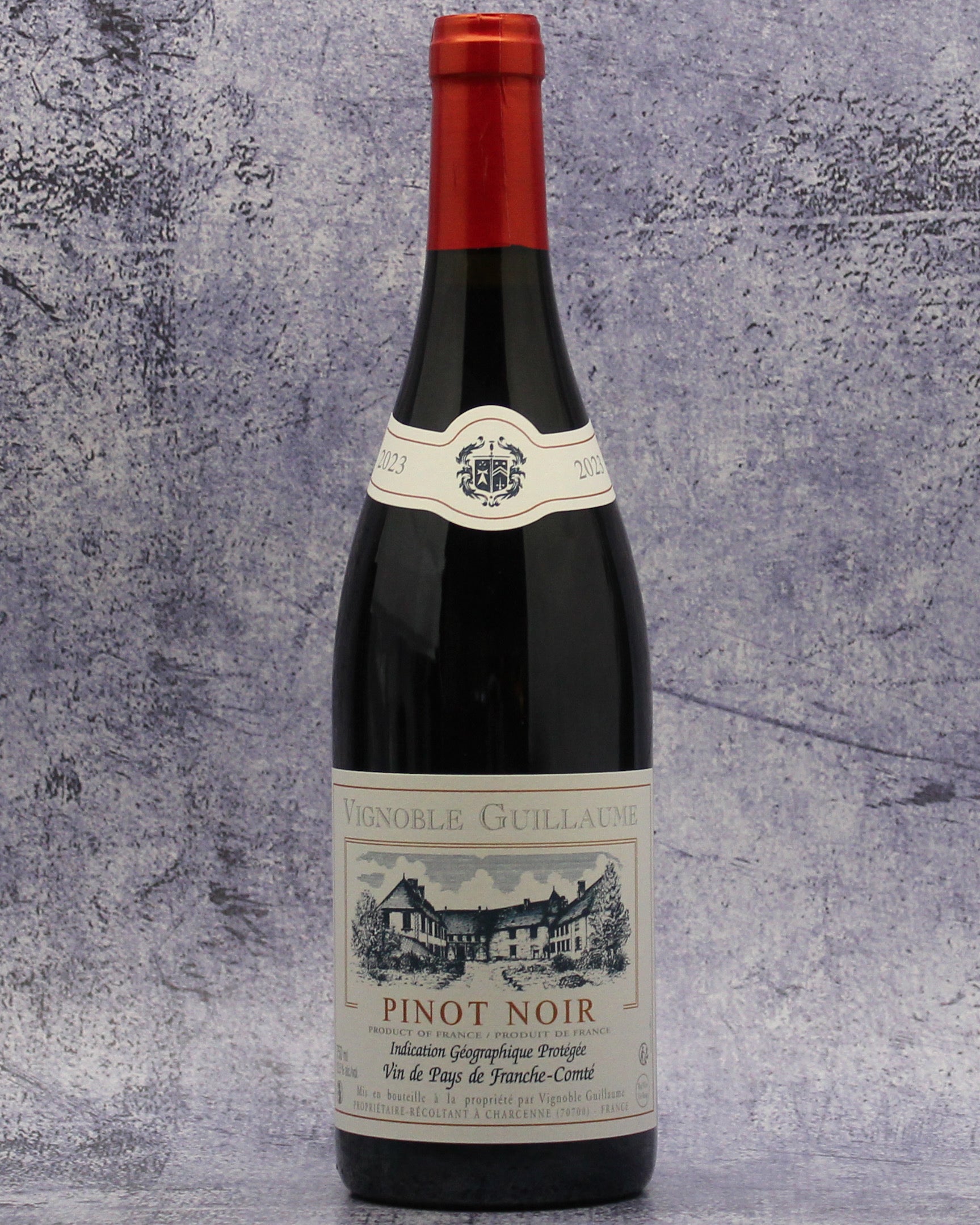From: Franche-Comte, France
Varietal: Pinot Noir
Taste: Quintessential Pinot Noir in a classic Burgundian style with lots of crunchy red fruit such as wild strawberry, raspberry, and redcurrant on a vibrant palate packed with freshness and earth. It's slightly rustic but also preppy at the same time. Intensely scented, mildly spicy aromas introduce an elegantly balanced and fruit-driven wine
in which suppleness and acidity perfectly match each other. Give it a few minutes to open, and serve around 60 degrees F for best results.
Pairing: Like its Burgundian counterparts, this Pinot Noir will pair beautifully with
mushroom dishes (like the recipe we’re sharing below) and classics like Coq au Vin or the always delicious Poulet Roti (French roasted chicken). Dishes centered around pork, veal, winter squash, or rabbit are fantastic pairing partners for this charming Pinot Noir.
Pressure Cooker Mushroom and Wild Rice Soup
By Sarah DiGregorio
About. Vignoble Guillaume is based in Carcenne in the department of Haute-Saône. It is located at the crossroads of four major wine regions. Champagne and Alsace to the north, Burgundy and the Jura to the south. The Franche-Comté is one of France's most underrated and unknown wine-producing regions. Very little wine is produced here; almost all is sold in local restaurants. We’ve been in love with this domaine since
they first came to Seattle.
The Guillaume family is one of the leading plant nursery owners in Europe, providing
grafts to most of the top wineries in Burgundy, Champagne, Piedmont, and Tuscany.
Their 43 hectares of vineyards are located just 40 kilometers east of Burgundy’s famous Cote de Nuits between Gy and Charcenne. The family has been winegrowers since 1732 and nurserymen since 1895. A staple to the London market, these guys consistently deliver some of the best bang-for-buck Chardonnay and Pinot Noir grown just 50 miles East from Beaune Center, Burgundy.
Their vineyards are a little different from other wine estates, as their primary purpose is
not only to produce grapes to make wines but they are also a base for the production of
vine plants, and as such, their vineyard areas are constantly evolving according to new
selections of vine plants they are developing. The vines are rigorously tended,
emphasizing maximum exposure and low yields.
The Pinot Noir is grown on the marly soil of the area and finds a fleshy, juicy quality that
makes for a precise, elemental style of wine. Vinified in stainless-steel vats, this is Pinot
Noir that is approachable to a broad audience.

